12 Secluded Towns In The Sangre De Cristos + 3 Must-Visit Hidden Gems
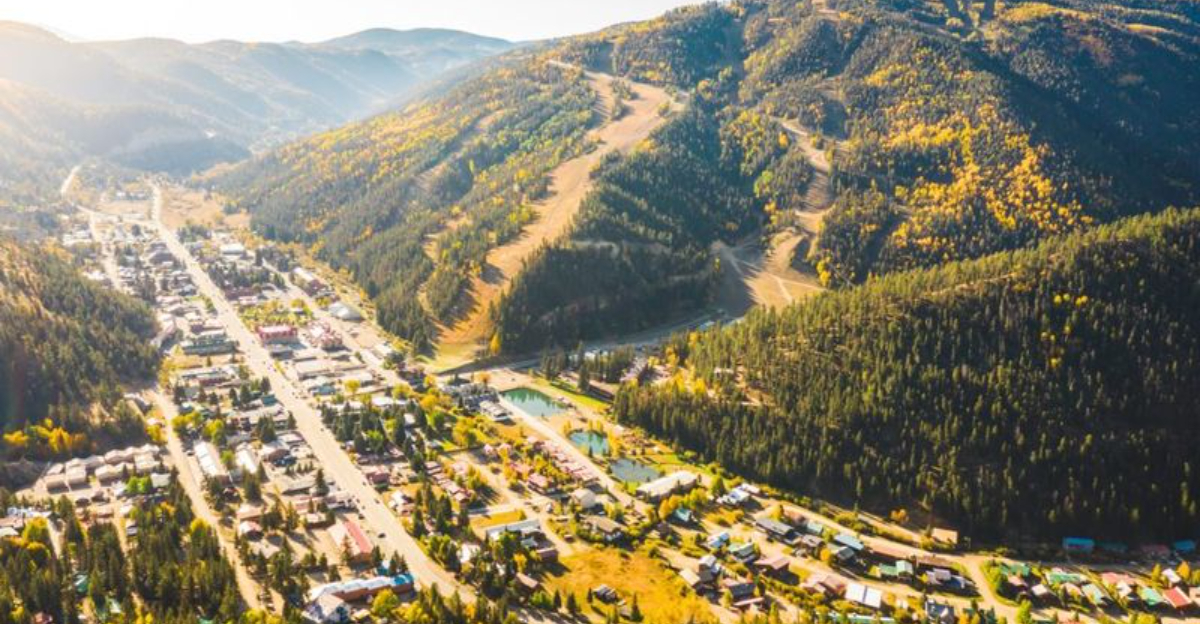
Tucked away in the wild beauty of the Sangre de Cristo range, these mountain towns feel like well-kept secrets waiting to be uncovered. There’s something magical about places where time slows down—where morning coffee comes with a view of misty peaks and locals greet you like an old friend.
I stumbled upon a few of these gems by accident, chasing scenic drives and getting gloriously lost. What I found were communities full of character: hand-painted signs, locally run cafes, and trails that lead to jaw-dropping overlooks. Want to unplug and reconnect—with nature, with creativity, or even with yourself?
From high-altitude artist enclaves to cozy spots steeped in history, these 15 quiet retreats are calling. Maybe it’s time you answered.
1. Arroyo Seco Hideaway (Hidden Gem)
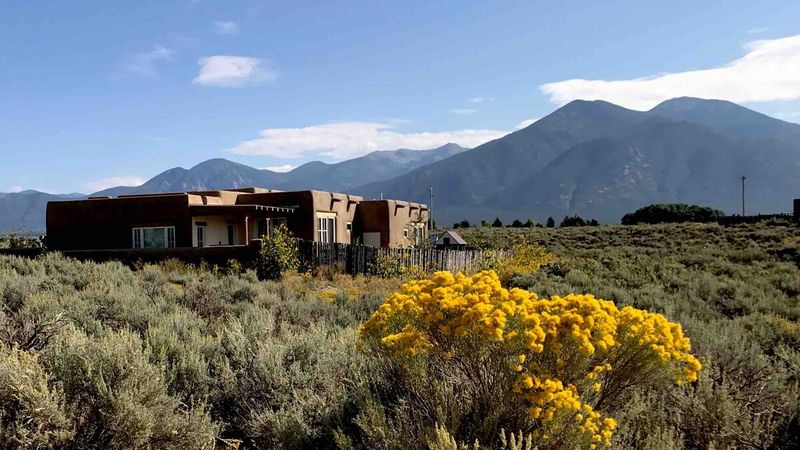
Just minutes from Taos but worlds away from tourist crowds, Arroyo Seco captivates visitors with its adobe buildings and relaxed vibe. Local shops sell handmade jewelry, pottery, and weavings created by resident artists.
The village comes alive during summer festivals when locals gather for music and food celebrations under the shadow of the mountains. Winter brings a different charm as skiers stop here on their way to nearby slopes.
Grab an ice cream at the famous Taos Cow and watch the sunset paint the mountains pink – a memory you’ll treasure long after leaving this magical spot.
2. Angel Fire Escape
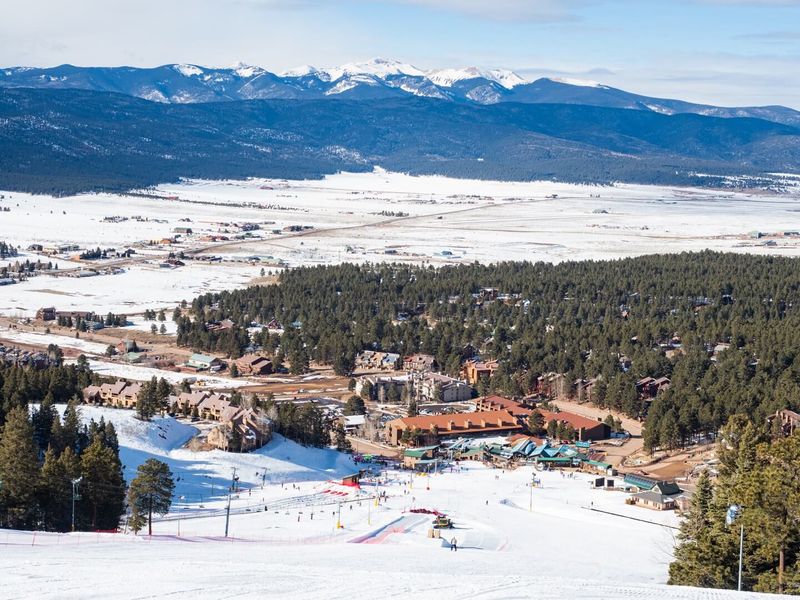
High in the mountains at 8,600 feet, Angel Fire offers crisp mountain air and panoramic views that will take your breath away. The name comes from the Moache Utes who described the fiery alpine glow on the peaks as “fire from the gods.”
Summer visitors enjoy hiking, mountain biking, and fishing in pristine waters. When snow blankets the landscape, the ski resort transforms into a winter playground with slopes for all skill levels.
The Vietnam Veterans Memorial stands as a solemn reminder of sacrifice, perched on a hill overlooking the valley – an unexpected but moving destination in this mountain paradise.
3. Cimarron Cowboy History
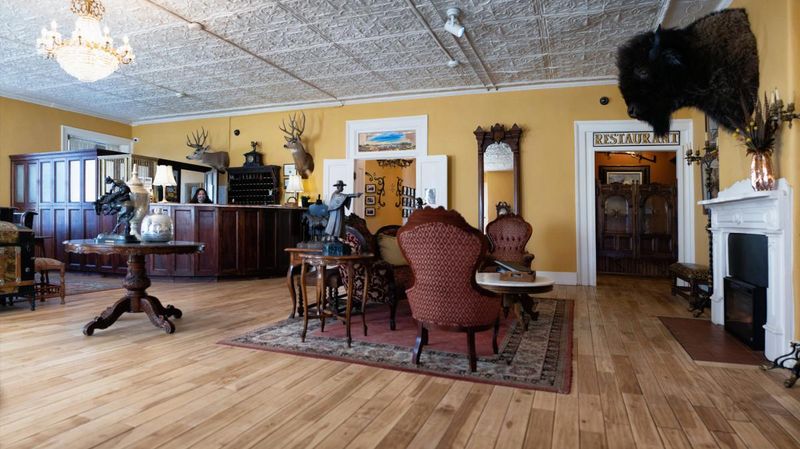
If walls could talk, Cimarron’s historic St. James Hotel would tell wild tales of the cowboys, outlaws, and famous figures who once stayed there. This frontier town holds onto its rough-and-tumble past with pride, showcasing bullet holes still visible in the hotel’s ceiling.
The nearby Philmont Scout Ranch brings young adventurers to explore the same wilderness that once challenged frontier settlers. Downtown buildings maintain their 19th-century appearance, making it easy to imagine horse-drawn carriages rolling down the streets.
Visitors can fish for trout in the Cimarron River or explore Cimarron Canyon State Park’s dramatic cliffs and forests.
4. Questa Mountain Quiet
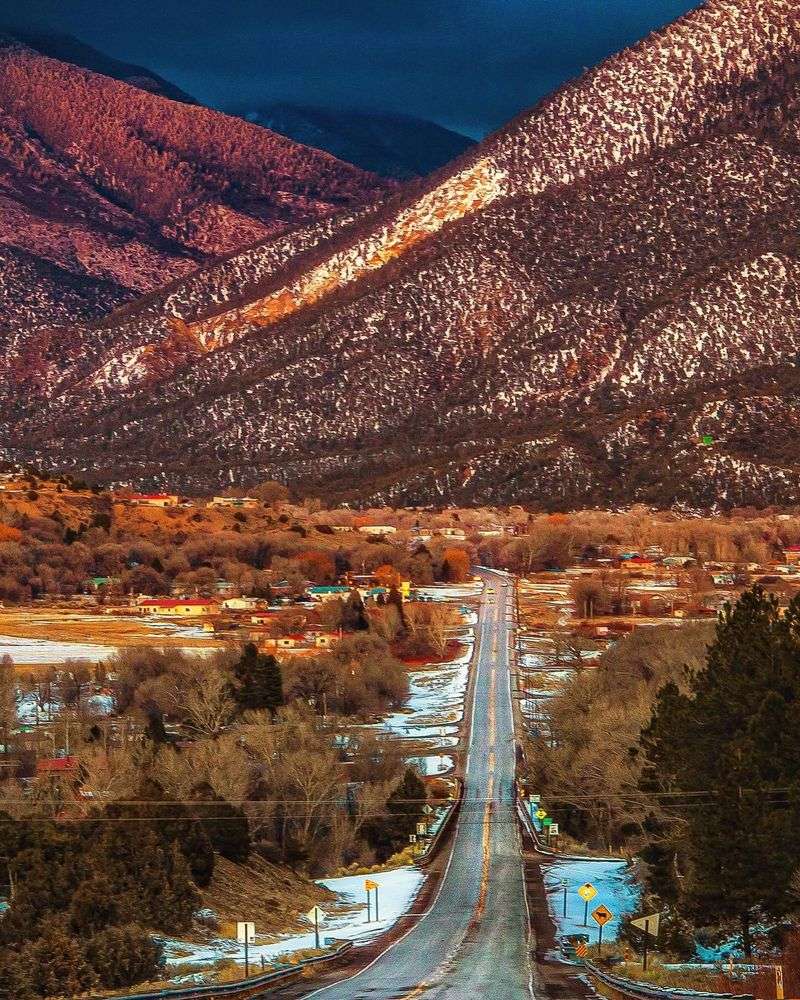
Questa’s location at the western edge of the Sangre de Cristos makes it a perfect basecamp for wilderness adventures. This former mining town has reinvented itself as a gateway to outdoor recreation, with the Rio Grande del Norte National Monument just minutes away.
Fishermen flock to the Red River for some of New Mexico’s best trout fishing. Artists have discovered Questa too, drawn by incredible light and peaceful surroundings that inspire creativity.
The town’s Hispanic heritage shines through in its architecture, festivals, and family-owned restaurants serving generations-old recipes. Don’t miss the San Antonio del Rio Colorado Church, a beautiful adobe landmark built in 1842.
5. Los Ojos Hot Springs (Hidden Gem)
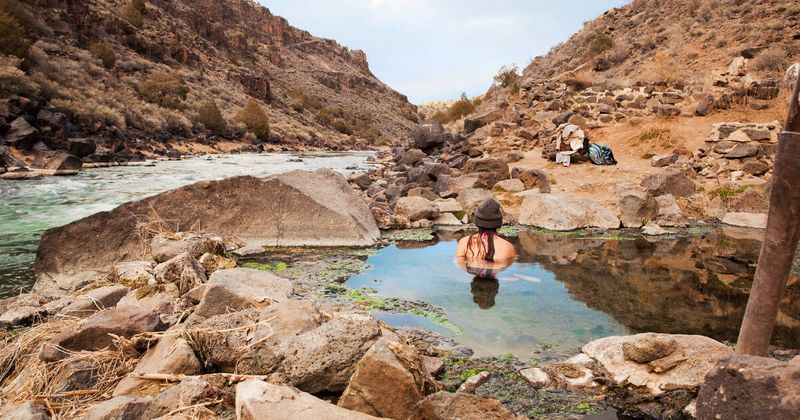
Hidden among piñon trees and volcanic rocks, Los Ojos Hot Springs offers healing waters that locals have treasured for centuries. These natural pools vary in temperature, allowing visitors to find their perfect soaking spot while gazing at mountain vistas.
Unlike commercial hot springs, these pools maintain their natural character. The minerals in the water leave your skin feeling silky smooth, while the remote location ensures peace and quiet.
Morning visits might reward you with sightings of deer or elk coming to drink from nearby streams. Pack a picnic and spend the day alternating between hot soaks and cool dips in the creek – nature’s perfect spa day.
6. El Rito Rustic Charm
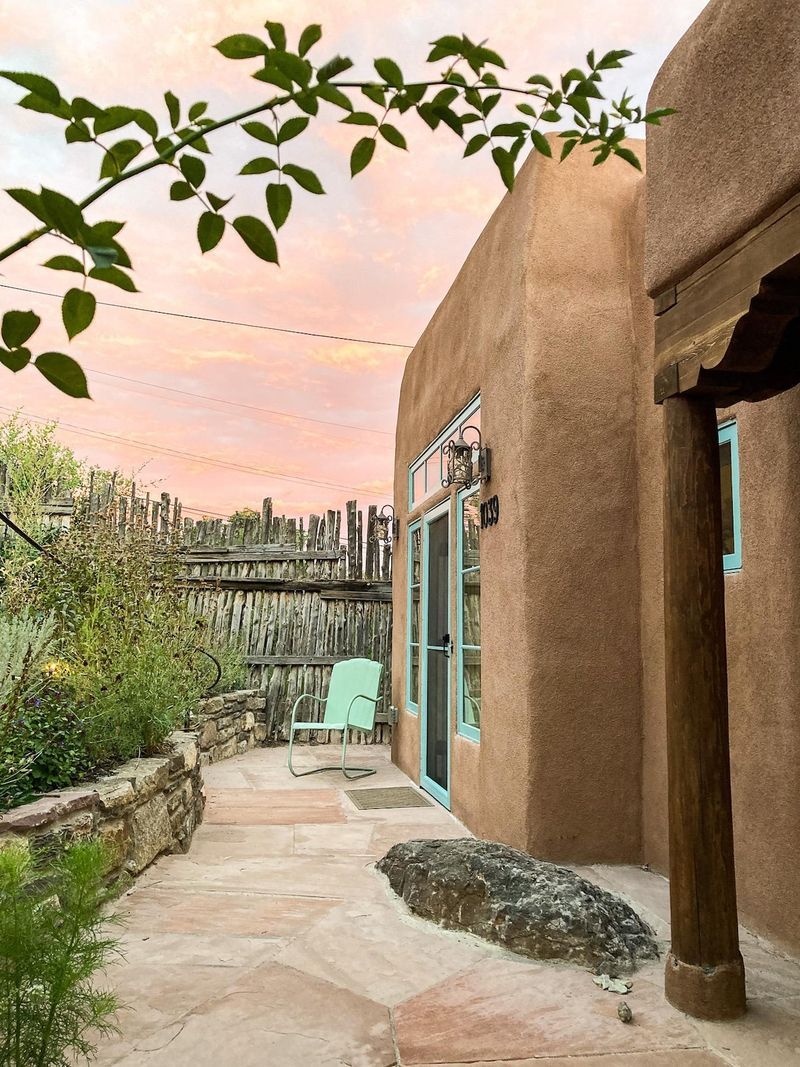
Time seems to move more slowly in El Rito, where generations of families have lived in harmony with the mountains. The historic El Rito Campus of Northern New Mexico College teaches traditional crafts like weaving and woodcarving, keeping cultural traditions alive.
Local cuisine draws food lovers to El Farolito, famous for its northern New Mexico dishes made from scratch. The surrounding Carson National Forest offers miles of hiking trails through aspen groves that turn golden in fall.
Nearby El Rito Creek provides peaceful fishing spots away from crowds. This unassuming village gives visitors a genuine glimpse into rural New Mexico life that larger tourist destinations cannot match.
7. Chama Train Stop
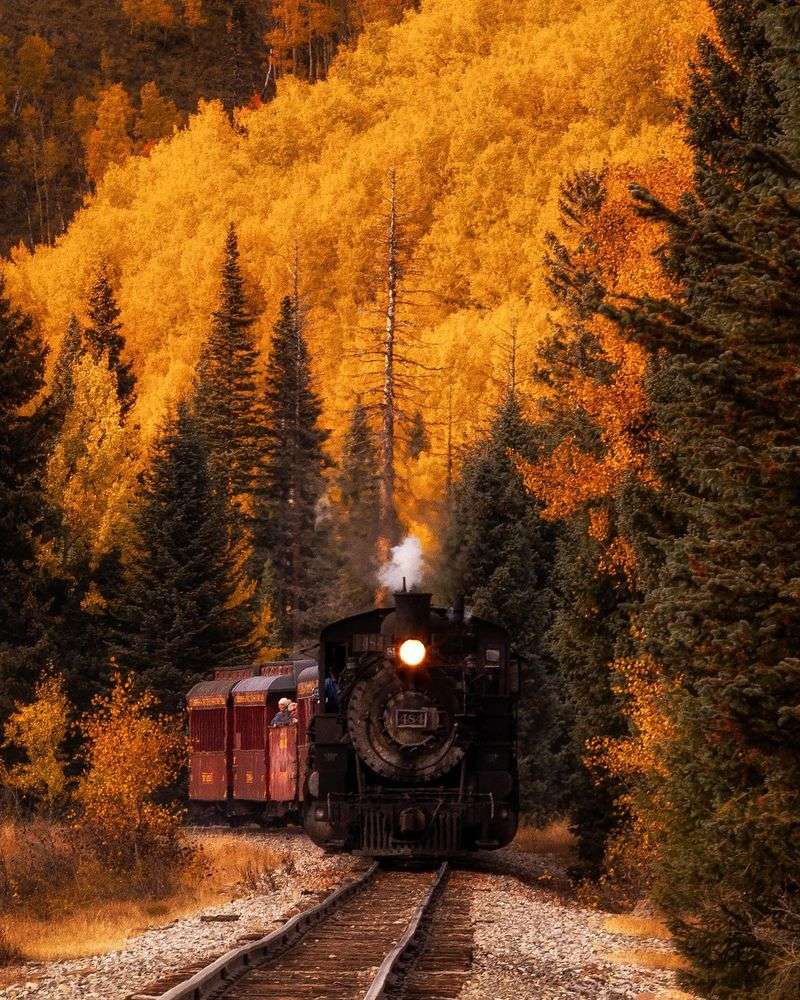
Steam billows into the mountain air as the historic Cumbres & Toltec Scenic Railroad pulls into Chama’s vintage depot. This railway town preserves the golden age of train travel, with its operations center still functioning much as it did a century ago.
The narrow-gauge railroad takes passengers on a journey through spectacular mountain passes inaccessible by car. When not riding the rails, visitors enjoy world-class fly fishing on the Chama River or hiking through meadows bursting with wildflowers in summer.
Fall brings elk hunters and photographers capturing the aspen trees’ brilliant yellow transformation. Winter sees the arrival of snowmobilers and cross-country skiers exploring snowy forests.
8. Cuchara Forest Silence
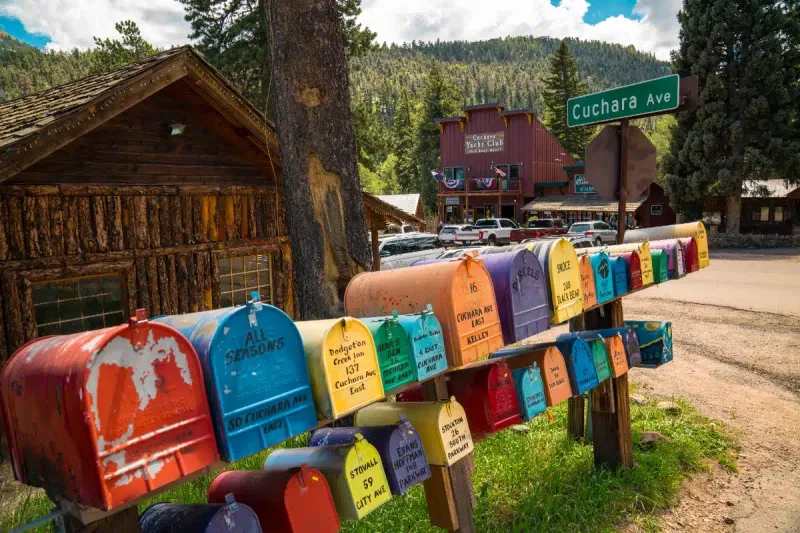
Though technically on the eastern slopes of the Sangre de Cristos, Cuchara deserves mention for its extraordinary peace and natural beauty. Moose occasionally wander through town, while hummingbirds buzz around cabin porches throughout summer.
The now-closed ski area has become a playground for hikers and mountain bikers seeking solitude on forested trails. Cuchara’s tiny downtown consists of just a handful of businesses, including the famous Dog Bar where locals and visitors mix over cold drinks.
Many cabins here have been in families for generations, creating a close-knit community feeling. The Spanish Peaks loom dramatically above town, creating a backdrop that changes with every shift in light throughout the day.
9. Truchas Ridge Retreat
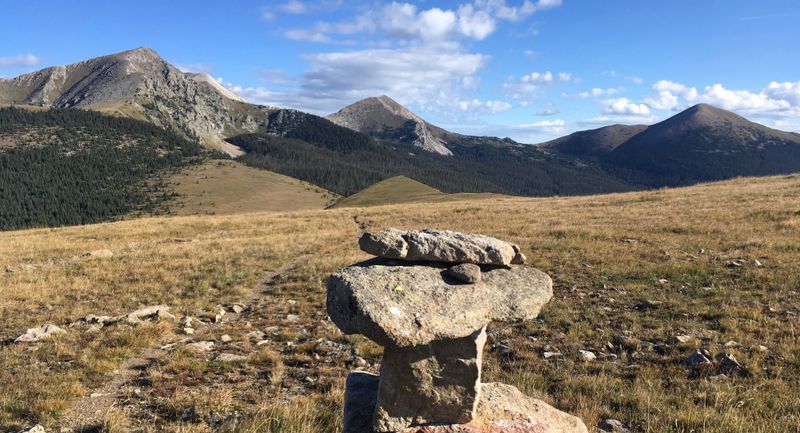
Perched precariously on a high ridge at 8,000 feet, Truchas offers spectacular views that have inspired countless artists. The tiny village gained fame as a filming location for “The Milagro Beanfield War,” but its real charm lies in its isolation and authenticity.
Descendants of Spanish settlers still practice traditional farming methods on small plots. Electricity didn’t arrive until the 1970s, and that slow pace continues today, with roosters rather than alarm clocks announcing morning.
Several renowned art galleries showcase local talent, drawing collectors from around the world. The road to Truchas is winding and narrow – a fitting journey to a place that values its separation from the modern world.
10. La Veta Art Scene (Hidden Gem)
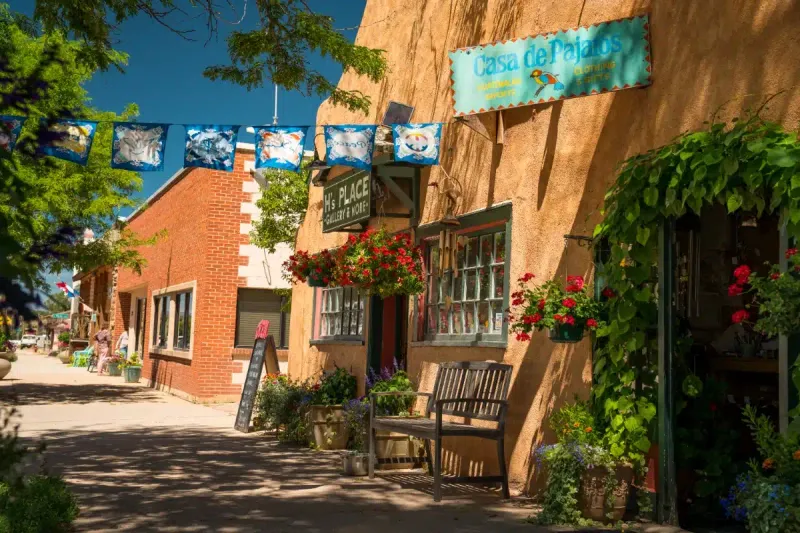
Artists discovered La Veta’s perfect light decades ago, transforming this ranching town into a creative haven. The stunning Spanish Peaks provide inspiration for painters, photographers, and sculptors who display their work in converted historic buildings downtown.
Francisco Fort Museum preserves the area’s frontier history, including artifacts from early settlers and indigenous peoples. Summer brings a popular art festival that fills the streets with music, food, and handcrafted treasures.
Despite its artistic evolution, La Veta maintains its authentic western character. Cowboys still gather at local diners, and ranching remains an important part of the local economy alongside tourism and the arts.
11. San Luis Valley Views
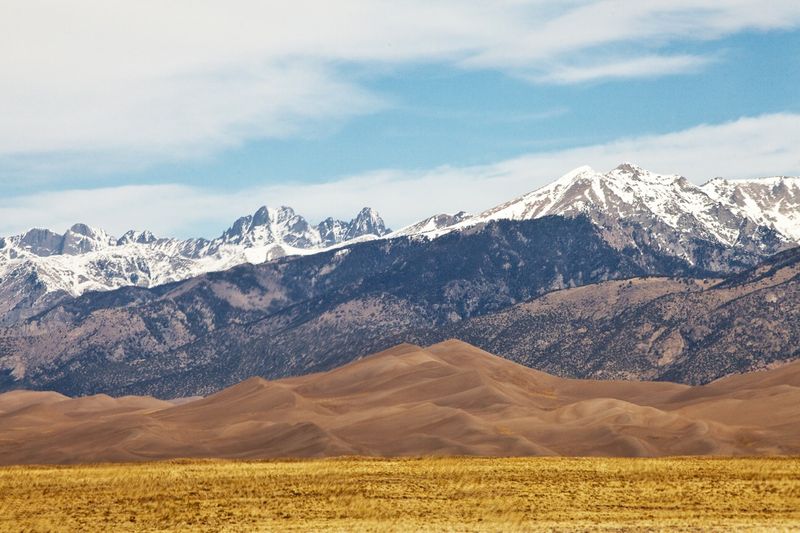
Where the Sangre de Cristos meet the San Juan Mountains lies the vast San Luis Valley, home to tiny settlements with big views. This high-altitude valley floor stretches for miles, creating a sense of space unlike anywhere else in the mountain range.
Alamosa serves as the region’s hub, but smaller communities like Blanca and Fort Garland offer more intimate experiences. The Great Sand Dunes National Park sits at the valley’s edge, where massive sand mountains form an unexpected contrast to the rocky peaks.
Clear night skies make this area perfect for stargazing, with the Milky Way spreading across the darkness in spectacular fashion. UFO watchers gather here too, drawn by decades of mysterious sightings reported in the valley.
12. Penasco Artist Vibe
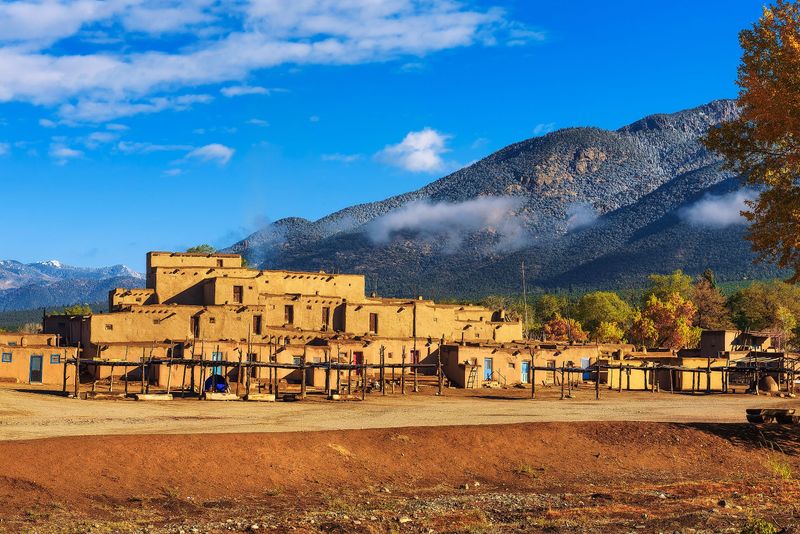
Tucked into a mountain valley, Peñasco blends Hispanic traditions with a growing artistic community. The Sugar Nymphs Bistro has put this tiny town on the culinary map, serving farm-to-table meals that draw visitors from Santa Fe and beyond.
Traditional weaving and woodcarving workshops keep ancient skills alive, while newer residents bring contemporary art forms. The surrounding mountains provide materials for local artists – from clay for pottery to wood for carving.
Picuris Pueblo nearby offers insights into indigenous history that predates European settlement by centuries. Visit during feast days to witness traditional dances and ceremonies that connect present-day residents with their ancestors who first settled this beautiful valley.
13. Red River Slopes
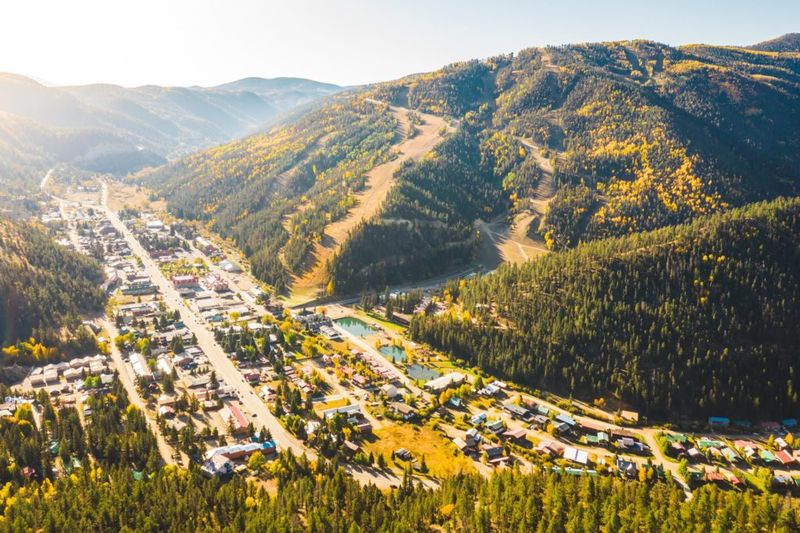
Though not as hidden as it once was, Red River maintains its small-town charm while offering big mountain adventures. This former mining camp transformed into a ski town that welcomes families seeking outdoor fun without the pretension of larger resorts.
Summer brings hikers, mountain bikers, and jeep tours exploring old mining roads that climb to spectacular viewpoints. The town’s main street feels like a throwback to simpler times, with ice cream shops, western outfitters, and friendly locals who remember visitors year after year.
Music echoes through the valley during frequent outdoor concerts. The Red River runs right through town, offering fishing spots within walking distance of comfortable lodging and hearty restaurants serving wild game and green chile specialties.
14. Crestone Spiritual Center
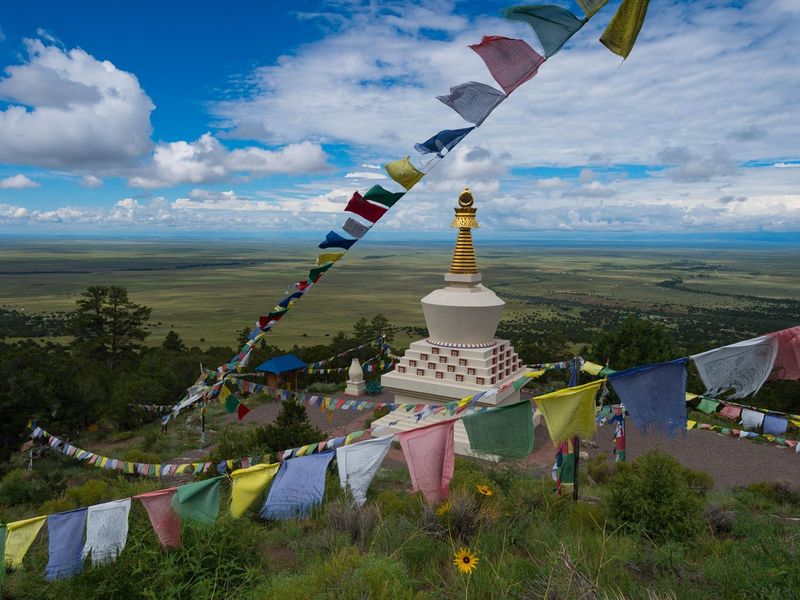
Where else can you find Buddhist stupas, Hindu temples, Catholic monasteries, and a Zen center all within minutes of each other? Crestone has become a spiritual crossroads where diverse traditions flourish against a backdrop of soaring peaks.
The town attracts seekers and teachers from around the world. Locals embrace alternative building styles, with straw bale homes and earthships dotting the landscape alongside more traditional structures.
Hiking trails lead to high alpine lakes and waterfalls that seem designed for meditation. The night sky here ranks among the darkest in America, perfect for contemplating the cosmos. Even non-spiritual visitors find something transformative in Crestone’s remote beauty and unique community vibe.
15. Taos Canyon Calm
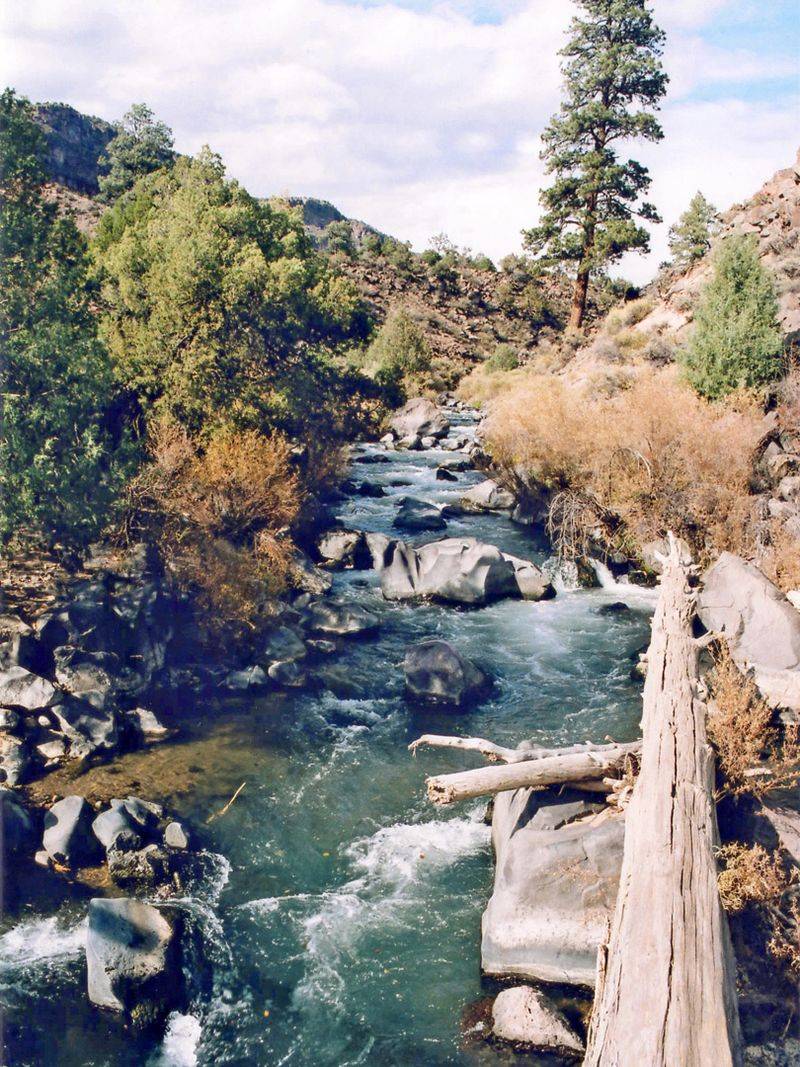
Just minutes from Taos Plaza but feeling worlds away, Taos Canyon offers riverside retreats and forest hideaways perfect for escaping tourist crowds. The winding road follows the Taos Creek upstream, revealing hidden waterfalls and swimming holes known mostly to locals.
Cabins and historic homes tuck into the trees, some available as vacation rentals for those seeking privacy. Wildlife abounds – mule deer, black bears, and even the occasional mountain lion make their home in these forests.
Fall brings spectacular color as aspens turn gold against dark evergreens. Winter transforms the canyon into a quiet wonderland, with cross-country ski trails replacing hiking paths. Year-round residents treasure the canyon’s microclimate, which stays cooler in summer and more protected in winter.
